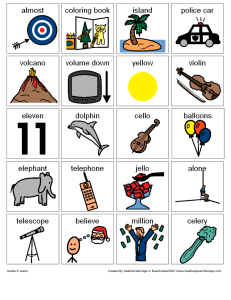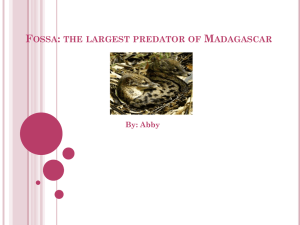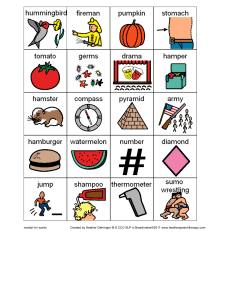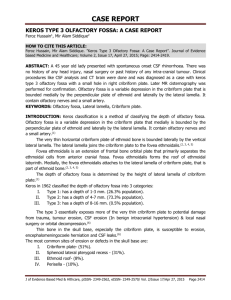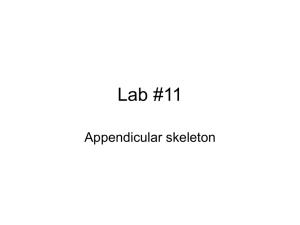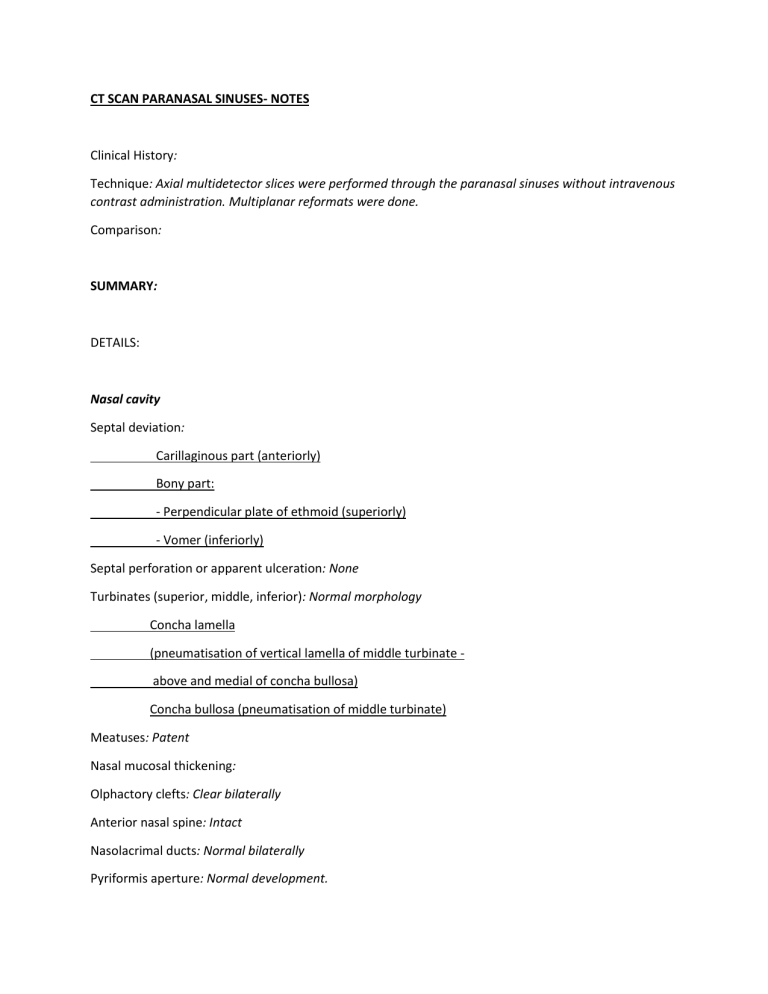
CT SCAN PARANASAL SINUSES- NOTES Clinical History: Technique: Axial multidetector slices were performed through the paranasal sinuses without intravenous contrast administration. Multiplanar reformats were done. Comparison: SUMMARY: DETAILS: Nasal cavity Septal deviation: Carillaginous part (anteriorly) Bony part: - Perpendicular plate of ethmoid (superiorly) - Vomer (inferiorly) Septal perforation or apparent ulceration: None Turbinates (superior, middle, inferior): Normal morphology Concha lamella (pneumatisation of vertical lamella of middle turbinate above and medial of concha bullosa) Concha bullosa (pneumatisation of middle turbinate) Meatuses: Patent Nasal mucosal thickening: Olphactory clefts: Clear bilaterally Anterior nasal spine: Intact Nasolacrimal ducts: Normal bilaterally Pyriformis aperture: Normal development. Nasal bones: Continuous Posterior nasal mass: None Adenoids: No significant enlargement Ethmoidal cells -Right: Pneumatised, clear -Left: Pneumatised, clear -Laminae papyracea: Intact bilaterally -Cribriform plate: Intact -Olphactory fossae: No mass, Keros type in depth -Haller cells: Not defined -Onodi cells: Not defined Olphactory fossa (bilaterally between crista gally, horisontal and vertical lamellae of cribriform plate) olphactory nerves inside Depth of olfactory fossa (measurements between the horisontal lamella and fovea ethmoidalis): 1) Keros type I - flat (1-3mm) 2) Keros type II - normal (4-7mm) 3) Keros type III - deep (8-16 mm) Agger Nasi cell - pneumatised lacrimal bone (supero-lateral medial orbital wall). Most anterior and lateral ethmoidal cells (prevalence 90%). If large, may compromise frontal recess Haller cell - infraorbital cells (opposite to supraorbital cells) - see COR. Onodi cell - (sphenoethmoidal): posteriormost ethmoidal, superolateral to sphenoidal, surrounding the optic nerves (the clue to identify) Fovea ethmoidalis of the frontal bone - on the lateral sides- roof of the ethmoid cavity (horizontal extension of vertical lamella of cribriform plate Horisontal lamella of the cribriform plate - midline Vertical lamella of cribriform plate U-shaped or V-shaped, nesting crista gally \_|_/ Crista galli (the most median bony structure between horisontal and vertical lamellae of cribriform plate) Lamina papyrecea dehiscence: medial orbital wall herniation to ethmoidal sinus, containing fat and +/rectus medialis Frontal sinuses -Right: Pneumatised, clear -Left: Pneumatised, clear -Fronto-ethmoidal recesses: Patent bilaterally -Suborbital air cells: Not defined Fronto-ethmoidal recess: long funnel (see on SAG and COR) => hiatus semilunaris => middle meatus. Medial to Agger Nasi cell Additional frontal infundibular cells (alongside medial orbital walls: types I to IV from 8 o’clock to 11 o’clock on the left and mirror from 4 o’clock to 1 o’clock on the right). Type I - just above the Agger Nasi, then II->III ->IV Maxillary sinuses -Right: Pneumatised, clear -Left: Pneumatised, clear -Osteomeatal units: Patent -Orbital floors: Intact -Infratemporal fossa: Unremarkable bilaterally -Pterygopalatine fossa: Unremarkable bilateral ✓ Alveolar recess (floor) ✓Zygomatic recess (most lateral) ✓ Palatine recess (most posterior) ✓ Uncinate process (pneumatisation of uncinate process) of OMU ✓ Posterior wall => infratemporal fossa (lat.), pterygopalatine fossa (med.) ✓Spheno-palatine foramen (most medial aspect of the pterygopalatine fossa) ✓Pterygo-maxillary fissure (somewhere in infratemporal fossa) OMU - drainage of maxillary, frontal and anterior ethmoidal cells Ostium (funnel narrowing towards the OMU) => Infundibulum (continuation of ostium, narrowest part of OMU lumen) => Hiatus semilunaris (opening to middle meatus, where all outflow tracts meet) Uncinate process (continuation of maxillary medial to the inferior wall of infundibulum) Sphenoidal sinuses -Right: Pneumatised, clear -Left: Pneumatised, clear -Spheno-ethmoidal recesses: Patent Pneumatisation of anterior clinoid process (postero-lateral outpouching of sphenoidal sinus. NB! optic nerve just medial to it Pneumatised pterygoid process of sphenoid (infero-lateral outpouching of sphenoid). On COR: vidian canal in the infero-medial base of the outpouching, foramen rotundum at super-lateral base of outpouching, pterygoid process are at the base Spheno-ethmoidal recess (long separate funnel from sphenoid ostium; also added drainage from posterior sphenoid cells) => superior meatus Misc Facial bones: No fracture or aggressive bone lesion Other: None
